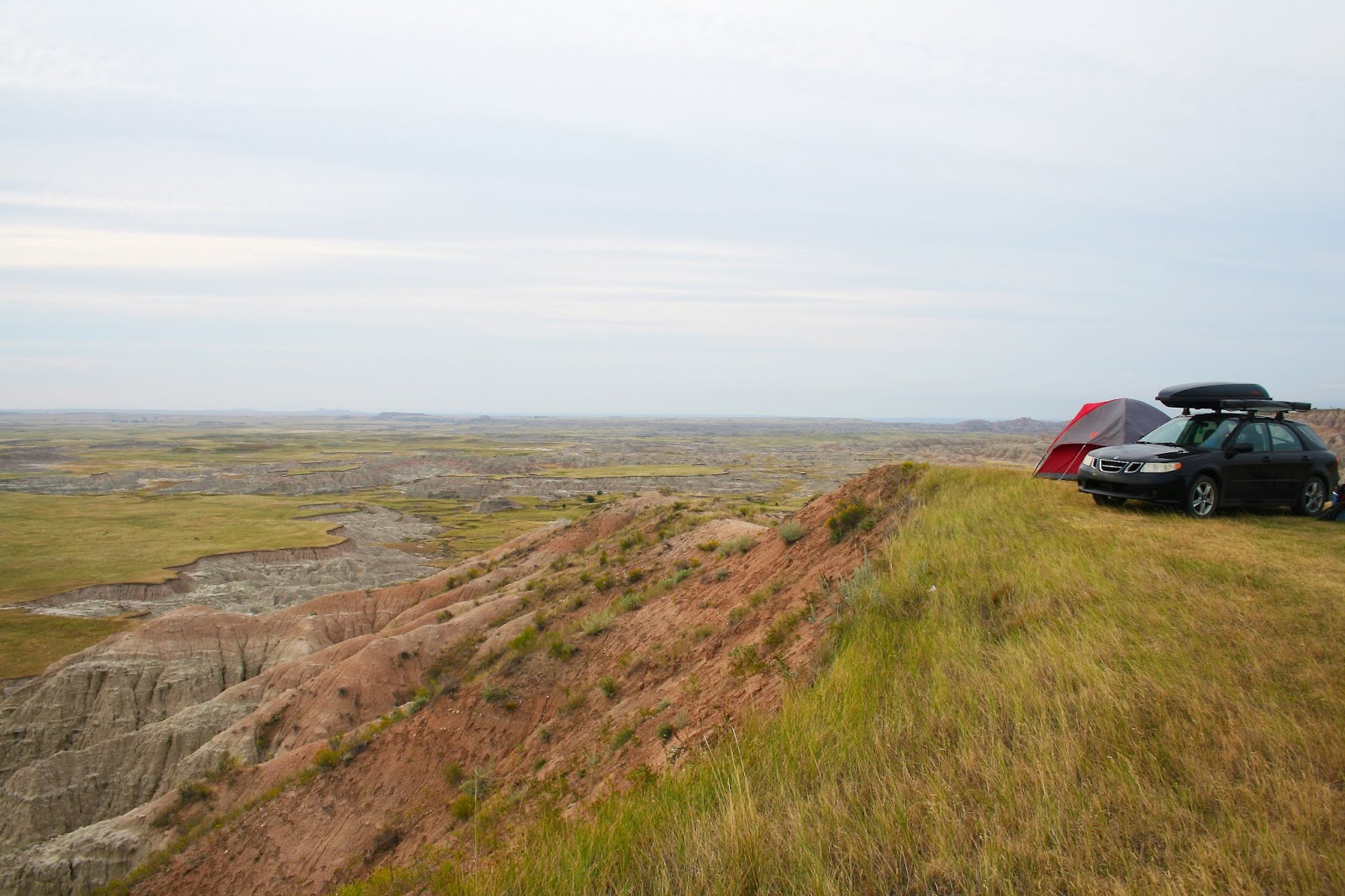Vacation Value Time: VVT
We’re often reminded how valuable the summer season is—long days and short nights, and, in most of the country, ideal weather for exploring. We value summer as a time to explore our public lands, because only 9% of NPS units do not experience freezing temps during the winter. Only 36 out of the 419 are in USDA Hardiness Zone 10a, the first zone that is above the freezing mark. While you can enjoy winter activities in traditional summer parks, like Yellowstone and Rocky Mountain, you are by no means assured you can arrive at your destination; often the roads are closed for winter weather for days at a time and significant snowfall (or lack thereof) can quickly curtail plans. Others physically shut down during the winter, like many of the Boston NPS units. So in short, the ideal time frame to enjoy and visit our national public lands is quite short, which is why time in the April - October months are so valuable and important.
To that end, we think of time as more of a commodity, and describe this as “Vacation Value Time,” (or VVT, for short). VVT is the point at which you’d spend additional money to get more daytime vacation time, whether that means paying for a higher priced plane ticket to spend an extra afternoon in Glacier National Park, or splurging on a hotel room closer to a destination in peak season to cut down on driving time to and from the destination. In brief, how much do you value your vacation time and how much extra are you willing to spend to have more of it?
For example, we would theoretically spend $90 if we could get three more hours for vacation in, say, Channel Islands National Park. This might mean taking a direct flight to Santa Barbara that costs $90 more than the connecting flight though LAX, which is two hours from the park, with traffic. We “bought” ourselves those three extra hours in Channel Islands by spending up on the flight. If your child or partner has to nap later in the day after a crack of dawn flight, it may well be worth it to spend the extra money for the 8:00 a.m or 9:00 a.m, as with the extra money you are again buying VVT, ensuring you can enjoy the daytime hours together.
Our jobs give us a bit more flexibility on time off so our VVT is perhaps a bit lower than others. For us, we’ve found $30 is a good measure per hour of what we would spend on VVT when planning flights, hotel locations, choosing campground sites, and selecting a rental car or using ride sharing. Everyone has their own unique VVT, and that’s something you need to discover by looking at budgets and the time that you have available to you. A family of 5 with only two vacation weeks per year that align for everyone is going to have a much higher VVT (maybe $75 to $100 an hour) though a retiree will probably have a much lower VVT, perhaps $15 or so.
Now, this is not a treatise advising reckless spending; again, the investment is as it suits the needs of your household. We have simply noticed that there are times when spending extra money to have more time is well worth it, and frugality at all costs comes with its own cost. We feel it’s worth it to take the direct flight that saves three hours of traveling, even though it’s say $80 more for the two of us, as the hours saved we use to tour an extra NPS site. if we calculate our VVT at $30 per hour, that's $90 for those three hours, giving us a time “profit” of $10. What do you think—in what instances would you spend a little extra to have a little more time on vacation?





















A lovely mix of waterfalls, hiking, camping, and swimming makes this New York state park the ideal summer getaway.
Park Pass, Amy Beth & Derek Wright.